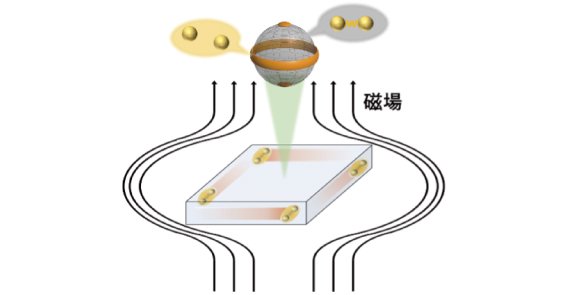2024-10-11 スイス連邦工科大学ローザンヌ校(EPFL)
<関連情報>
- https://actu.epfl.ch/news/catastrophically-warm-predictions-are-more-plaus-2/
- https://www.nature.com/articles/s41467-024-50813-z
気候感度を評価するためのネットワークベースの制約 network-based constraint to evaluate climate sensitivity
Lucile Ricard,Fabrizio Falasca,Jakob Runge & Athanasios Nenes
Nature Communications Published:13 August 2024
DOI:https://doi.org/10.1038/s41467-024-50813-z

Abstract
The 2015 Paris agreement was established to limit Greenhouse gas (GHG) global warming below 1.5°C above preindustrial era values. Knowledge of climate sensitivity to GHG levels is central for formulating effective climate policies, yet its exact value is shroud in uncertainty. Climate sensitivity is quantitatively expressed in terms of Equilibrium Climate Sensitivity (ECS) and Transient Climate Response (TCR), estimating global temperature responses after an abrupt or transient doubling of CO2. Here, we represent the complex and highly-dimensional behavior of modelled climate via low-dimensional emergent networks to evaluate Climate Sensitivity (netCS), by first reconstructing meaningful components describing regional subprocesses, and secondly inferring the causal links between these to construct causal networks. We apply this methodology to Sea Surface Temperature (SST) simulations and investigate two different metrics in order to derive weighted estimates that yield likely ranges of ECS (2.35–4.81°C) and TCR (1.53-2.60°C). These ranges are narrower than the unconstrained distributions and consistent with the ranges of the IPCC AR6 estimates. More importantly, netCS demonstrates that SST patterns (at “fast” timescales) are linked to climate sensitivity; SST patterns over the historical period exclude median sensitivity but not low-sensitivity (ECS < 3.0°C) or very high sensitivity (ECS ≥ 4.5°C) models.



